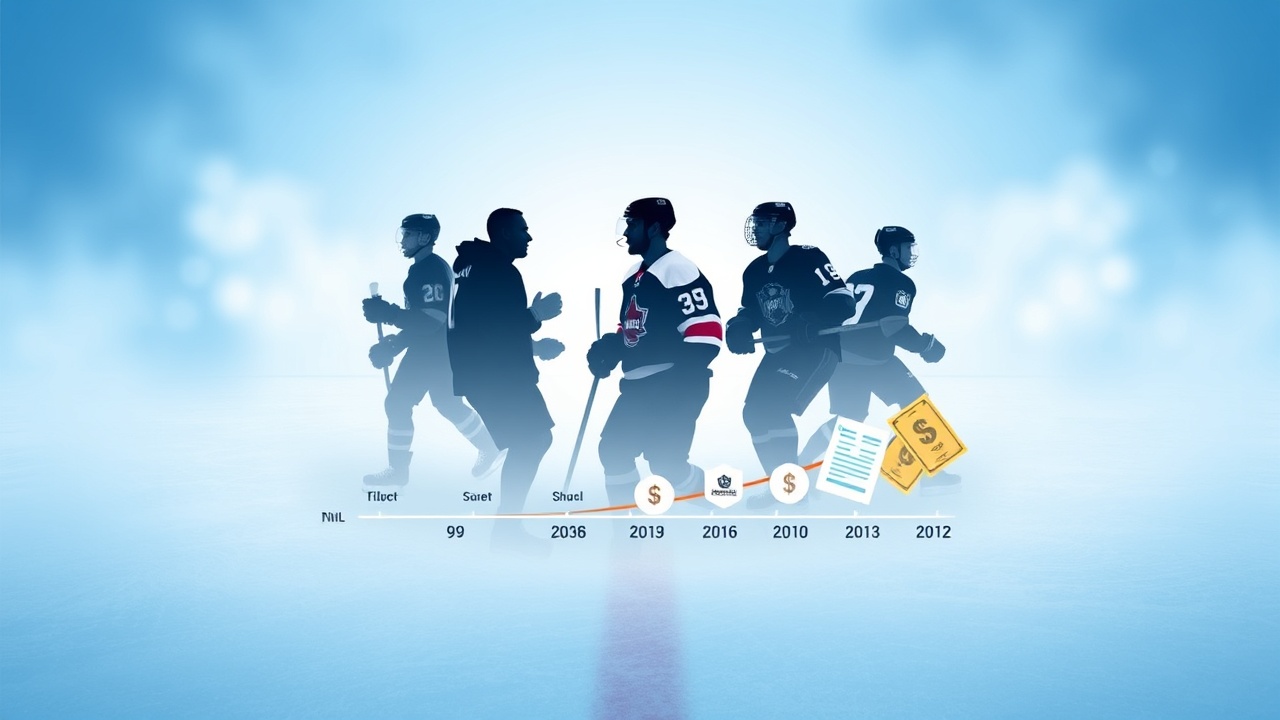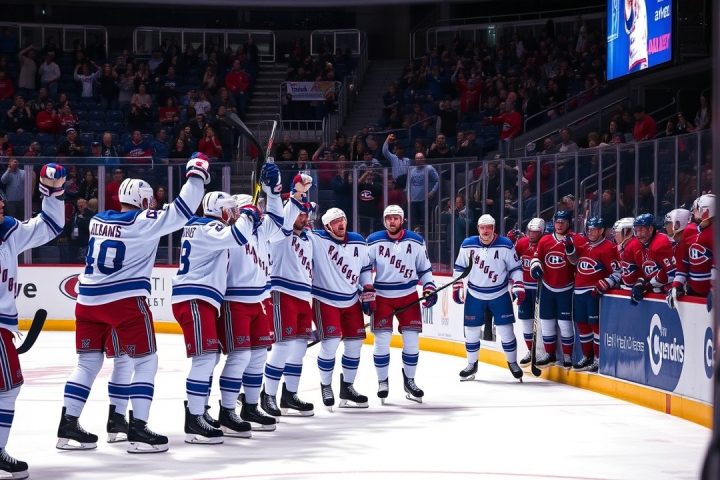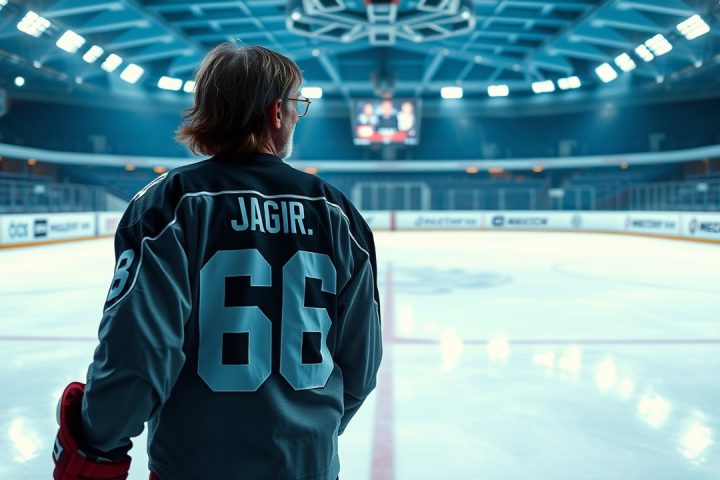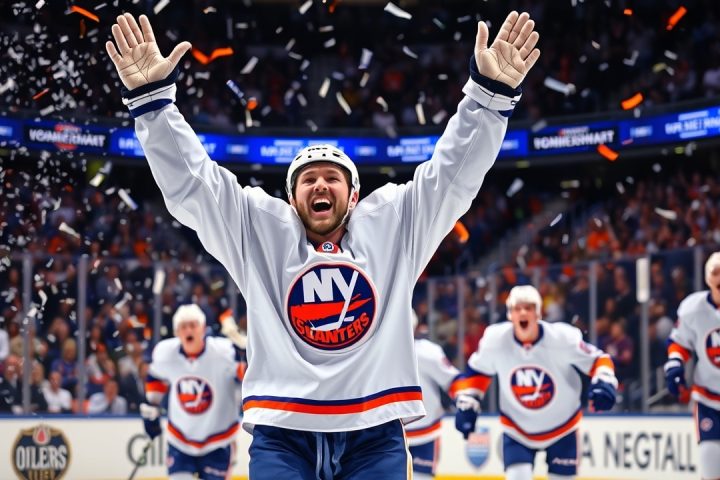NHL Offseason 2025: Anticipation for the 2026 Free Agent Market
As the NHL gears up for the offseason of 2025, there is palpable excitement building around the upcoming 2026 free agent market, which is shaping up to be one of the most impressive in years. Fans and analysts alike are particularly interested in next summer’s unrestricted free agents (UFAs) including big names like Connor McDavid, Jack Eichel, and Kirill Kaprizov. Yet, it’s critical not to overlook the restricted free agents (RFAs) from that class, who are also poised to make headlines.
Proactive Strategies by General Managers
Several general managers have taken proactive measures this offseason by locking up their RFAs with extensions ahead of their contract expirations. This preemptive strategy, which may be designed to enhance financial flexibility in light of possible offer sheets, aims to keep salary amounts stable before a predicted increase in the salary cap around July 1. With these dynamics in play, teams are likely to consider securing key players from the 2026 RFA pool much earlier to avoid inflated costs.
Key Players to Watch
Among the names circling in discussions is Jason Robertson, who, following the Dallas Stars’ third consecutive playoff exit, finds himself in the final year of a contract with a cap hit of $7.75 million. His anticipated worth for an eight-year extension is projected to climb to approximately $10.9 million annually. The Stars need to act quickly to secure his deal, as a new collective bargaining agreement will limit any future extensions to seven years, putting more pressure on management to re-sign their star winger sooner rather than later. If they miss this window, they might opt for a lower cap hit strategy similar to what they offered Nikolaj Ehlers, aiming to keep the figure under $10 million.
Accompanying Robertson is Thomas Harley, whose recent emergence as a top-tier defenseman complicates the Stars’ cap management further. Since Robertson’s contract extends another year, Harley’s negotiations may not be as urgent. However, the team’s cap flexibility could dictate when they seek to finalize his contract terms. Should he continue on his upward trajectory, Dallas may soon face tough decisions on how to structure his eventual deal.
Emerging Talents and Their Future Contracts
In contrast, the situation in Montreal regarding defenseman Lane Hutson, who just received the Calder Trophy, possibly marks a different trajectory. Given Hutson’s immediate impact, the Canadiens may look to emulate their strategy with recent core signings like Cole Caufield, who secured a long-term deal shortly before his entry-level contract expired. Hutson’s offensive capabilities, though coupled with defensive improvements still in development, position him as a favorable candidate for a substantial long-term deal, potentially at an estimated value of $8 million per year, or possibly even aligning closer to Cale Makar’s $9 million cap hit.
On the other hand, the Chicago Blackhawks’ Connor Bedard represents an intriguing mystery for both management and fans alike. Predicted to command around $10.6 million for an eight-year contract, Bedard has the weighty expectations that accompany being a first overall pick, compounded by the team’s current state of building around him. The pressure is mounting, and while comparisons to higher-impact players from his draft class provide optimism, they also reflect the tenuous nature of early career success in pressured environments.
Meanwhile, in Arizona’s rising landscape, Will Cooley may benefit from the team’s renewed willingness to spend. Although comparisons to players such as Dylan Guenther, who recently signed for eight years at $7.14 million despite less game experience, could dictate cautious contract negotiations, the Mammoth will need to prepare for the future.
Future prospects like Adam Fantilli in Columbus present a dual opportunity for lengthy contracts or short-term bridge deals should they prove core roster pieces. Fantilli’s growth alongside a generous cap situation could encourage management to consider lucrative contracts sooner rather than later.
Calgary Flames goalie Dustin Wolf, who shone in his debut season, may also navigate a similar path where he will likely need to demonstrate consistent performance before management commits to a long-term deal, with historical trends indicating many goalies often venture into shorter contracts first.
Finally, the Vegas Golden Knights face uncertain waters with their winger Ivan Dorofeyev, who dramatically exceeded expectations this past season. His performance raises questions about future contract negotiations, as management assesses whether to lock him in ahead of potential breakout success or to wait for more clarity on his long-term role.
Conclusion
With the market and salary cap landscape continuously evolving, the timing of contract negotiations will be critical for many of the NHL’s promising RFAs, shaping the future of their teams within an increasingly competitive landscape. Collecting insights from various analytical models heightens our expectation for what these negotiations will yield in terms of contract values and implications for each franchise’s roster construction.




